Mucksavage
Contributor
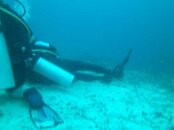
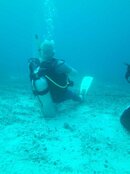
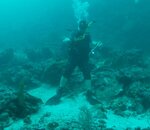
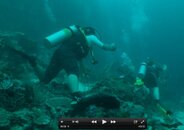
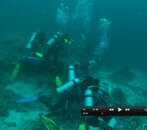
For some reason this kind of 'diving' seems to be the norm for Malapascua and the Thresher Sharks. Divers complain about the dynamite fishing in The Philippines but this is the only place in the world you can bank on seeing a Thresher Shark - yet diver's are killing the habitat of the cleaner fish that attract them every single day.
If you are researching your trip to the Philippines and plan to dive Monad Shoal please make sure you observe neutral buoyancy and respect the reef. If your dive shop tells you to empty your BCD you should consider taking your business elsewhere.
Happily some diver's are disgusted by this behaviour. All images submitted by disgruntled third parties.





